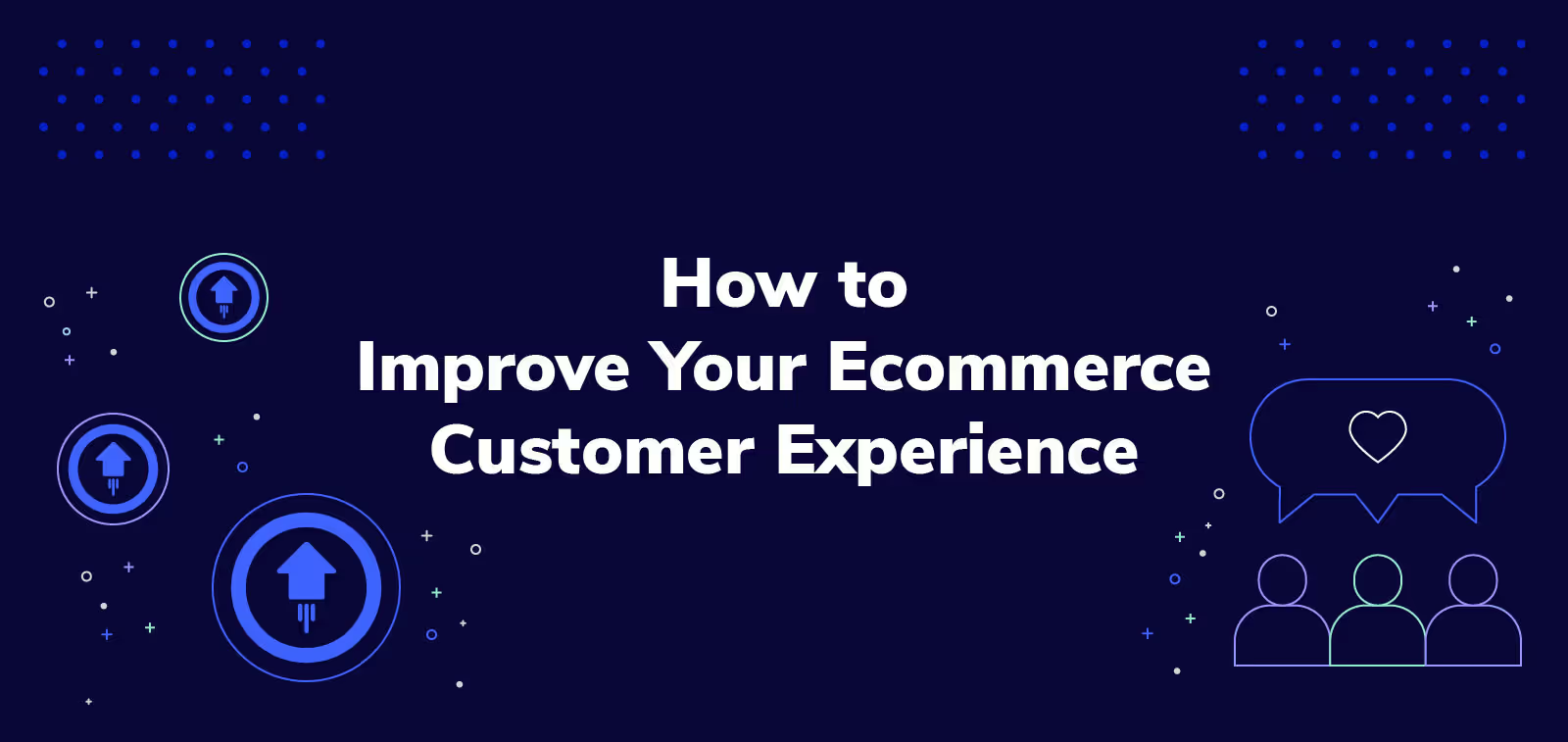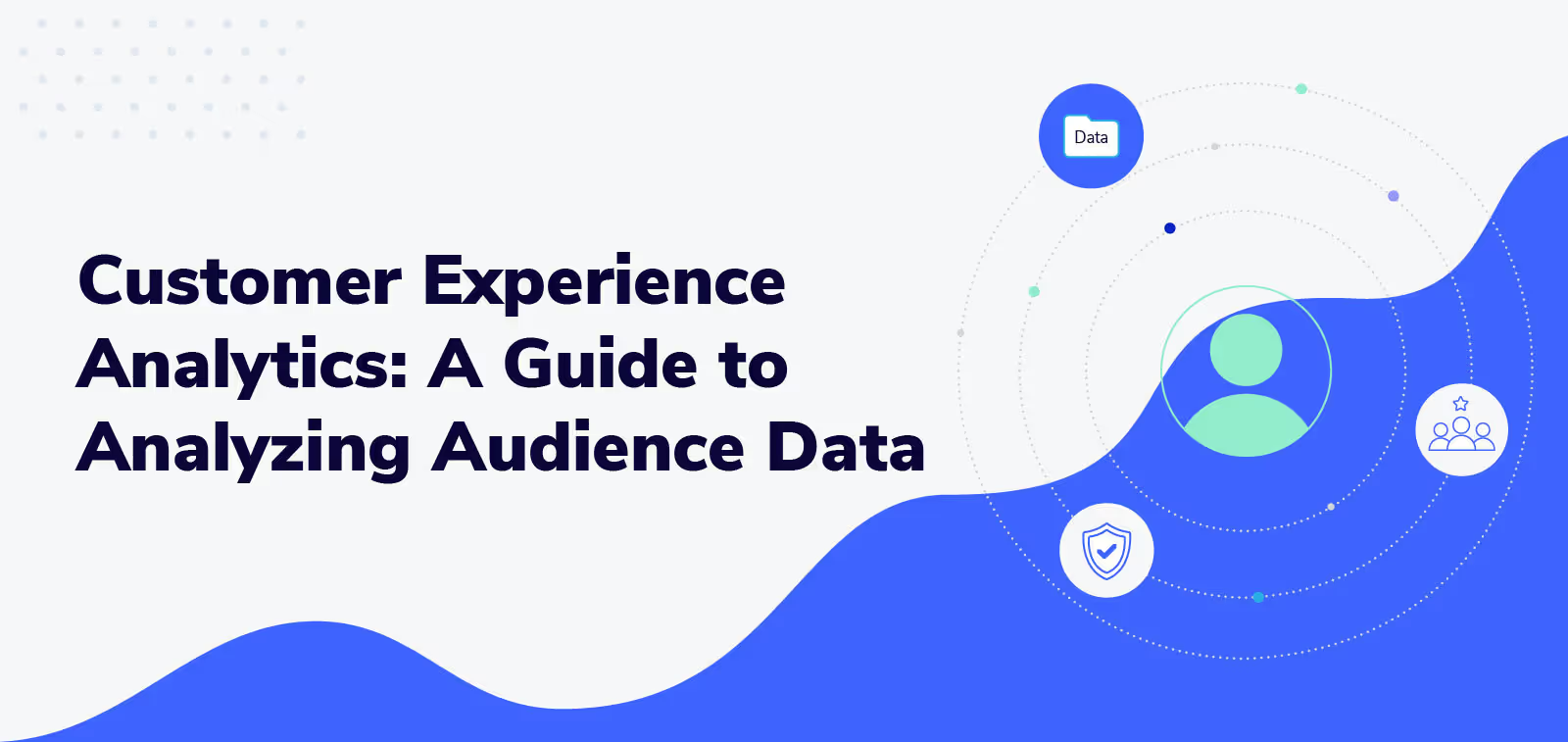Ecommerce Live Chat: Why You Need It + How It Boosts Revenue

When you think of live chat, you probably imagine customer support agents resolving issues or complaints. But this thinking only scratches the surface of live chat’s potential; you also have an opportunity to increase sales.
But for ecommerce live chat to boost revenue reliably, it’s important to know how and when to use it. Otherwise, customers might find the chat pop-up intrusive. Keep reading to learn how to improve customer engagement with live chat and use that engagement to boost your bottom line.
How live chat boosts ecommerce revenue
The benefits of ecommerce live chat go beyond its usefulness as a sales channel. Because live chat encourages dialogue with online shoppers, it helps you learn more about them and their needs. And those insights can lead to an ecommerce customer experience that drives long-term revenue.
Adds a human touch to online stores
Customers rarely like pushy salespeople. But a salesperson who builds an emotional connection before launching into a sales pitch has a better chance of establishing a customer relationship. While ecommerce live chat can’t fully replace personal interaction, it can add a human dimension to online shopping.
This human touch is much more than a “nice to have.” It can actually increase conversion rates. PwC learned in its 2022 Customer Loyalty Survey that “at least one-third of respondents said human interaction is important to their loyalty.” And if you have an engaging in-store experience, customers expect as much from their online experience, too. If it’s not as enjoyable, you risk losing loyal customers.
A live chat tool allows you to program a chat window to appear after a user spends a certain amount of time on your ecommerce website or app. Respond with a friendly “How can I help?” query, mimicking the customer experience in traditional stores.
Saves customers time
Customers consider long hold or response times a negative experience. Emplifi learned in a 2021 study that 52% of customers expect a response “within an hour” if they reach out on a digital channel, including chat. And if you can’t meet that customer expectation, they’re less likely to purchase.
Now imagine if phone calls were the only communication channel available to your customers. How many do you think you’d keep?
Ecommerce live chat saves customers time by not disrupting their ecommerce shopping experience. They can stay on the product page and simply open a chat window. Plus, they’re not sitting around waiting for an agent to answer the phone.
Of course, you need a certain number of agents for live chat to deliver fast responses. The good news is that you can program chatbots to deliver automated responses to common questions, like “What is your return policy?” Now live agents can handle more complex issues.
Complements an omnichannel communication strategy
No longer can you assume that customers who use ecommerce live chat to save time will only use that channel.
Say a customer opens a chat widget on a Monday to ask a question about a product. Then they buy that same product from an SMS notification they get while waiting in line at Starbucks on Tuesday. Without the initial live chat interaction, the sale might not have taken place. This is an omnichannel strategy in action.
In a recent McKinsey webinar, a team of retail experts found that “omnichannel customers shop 1.7 times more than single-channel shoppers.” Plus, they spend more in the process.
CRMs like HubSpot make omnichannel strategies possible. Their built-in live chat option stores all conversations in a single hub where you can attach them to customer records or route them to other departments.
That customer who bought the product while waiting in line? Suppose they leave a negative review of it on social media. Many social tools integrate with CRMs, so you can associate the negative review with that customer’s record.
If the customer opens another live chat inquiry, it will help the agent to know the customer is unhappy. The agent can then focus the chat on rebuilding the relationship. Omnichannel makes this scenario possible.
3 examples of ecommerce live chat software providers
The only way to take advantage of these benefits is to add a live chat solution to your technology stack. The following three solutions offer seamless integrations with ecommerce stores and provide agents with the customer data they need to sell effectively.
Gorgias
Gorgias is a pioneer of proactive live chat. Because it integrates with Shopify, helpdesk agents have full access to customers’ purchase histories. Now agents can recommend products and resolve shipping issues, all from a single dashboard.
Key features
Say a customer has logged into their ecommerce account and spends a couple of minutes looking at a wireless speaker. Without the customer initiating a chat, Gorgias lets agents reach out proactively to ask if the customer needs assistance. A conversation develops, and the agent can complete the sale without the customer going through the checkout process.
Gorgias also lets support teams add buttons like “Track an Order” and “Return an Order” to chat messages to save the customer time. When a customer clicks or taps on a chat button, a self-help article appears, or an agent who specializes in returns can chime in.
Pricing
Gorgias offers a free trial, with plans starting as low as $10 per month. This starter plan includes live chat support but only allows 50 tickets per month.
Is it right for your business?
If you’ve never used proactive live chat but run your ecommerce site on Shopify or BigCommerce, Gorgias is a no-brainer. Its cost-effective plans and wealth of features make it a low-risk option.
Gladly
Gladly makes ecommerce live chat as “personal” as possible. Through its integrations with the likes of Magento and Facebook Messenger, Gladly lets agents reach customers on their terms.
Key features
Gladly’s competitive advantage is its People Match feature. Once the agent identifies the customer and whether they’re upset or simply looking for information, Gladly lets that agent route them to a specialist.
For example, you may have an agent who has experience working with a certain VIP customer. That agent might know the customer’s temperament and how to resolve situations quickly. Because all agents can access customers’ communication histories, Gladly makes these transfers seamless for the customer.
Pricing
Gladly doesn’t offer a free plan. But to keep things simple, it only offers two paid tiers, starting at $150 and $180 per agent per month. Both plans let agents communicate and sell across voice, email, chat, and social media. The more expensive plan offers custom reporting and 24/7 support.
Is it right for your business?
If you have an active loyalty program and/or a solid customer segmentation strategy based on lifetime value, you might consider Gladly. It helps you give VIPs an extra dose of ecommerce personalization to help keep them engaged.
WhatsApp is a consumer-focused mobile app that straddles the line between live chat and SMS messaging. Now it also integrates with ecommerce platforms, letting agents interact with customers as easily as if the customers were on your website.
Key features
A customer must opt in to receive WhatsApp messages from your brand. From there, you can initiate conversations using WhatsApp’s customizable message templates. Ask about customer preferences and use their responses to boost engagement. Live agents can join the conversation if necessary.
You might ask a customer, “What kind of audio speaker are you looking for?” You give them two options, like “Waterproof” and “Stereo.” When a customer taps on “Waterproof,” agents can recommend products in that category.
Pricing
Exact pricing depends on your business needs and requires a conversation with WhatsApp’s sales team.
WhatsApp provides 1,000 free conversations per month, whether started by you or a customer.
Is it right for your business?
You might consider WhatsApp if you manage international ecommerce businesses, especially in India and Brazil. As of June 2021, eMarketer calculated that India had more than 480 million WhatsApp users and Brazil more than 118 million.
Ecommerce live chat best practices for increasing revenue
Once you’ve installed the best live chat solution for your business, tailor your messages to add value and convenience to the customer experience.
Send cart abandonment notifications
Abandoned carts are a huge source of lost revenue. In a May 2022 survey of its US clients, the marketing automation platform Fresh Relevance learned it was seeing cart abandonment rates averaging 68.7%. Typically, reclaiming those carts means an email or SMS. But you can also use live chat for cart abandonment messages.
Your ecommerce platform likely tracks when a website visitor backs out of their shopping cart during the checkout process. Once you’ve integrated your live chat tool, it’s easy to program a greeting for customers that triggers in this situation.
If the customer doesn’t return to their cart after three seconds, you can open a chat with this greeting: “Still thinking about [product name]? Enter promo code BUY at checkout for 10% off. Let us know if we can help!” Now a conversation ensues, which might even lead to an up-sell opportunity.
Add common live chat requests to a self-service knowledge base
Ecommerce live chat eases the burden on support agents by helping you come up with self-service content. This content has the potential to boost revenue by improving the customer experience.
In a 2022 study, Zendesk found that 89% of consumers “will spend more with companies that allow them to find answers online without having to contact anyone.”
Suppose a high percentage of customers reach out about an aspect of your loyalty program. Create a FAQ entry with an answer, then program a chatbot to link to the entry when a customer enters keywords related to the issue.
As your content library grows, you’ll delight customers who don’t want to contact anyone. (And if Zendesk is right, they’ll spend more.) You’ll also delight customers who need to work with a live agent since the agents won’t be busy dealing with routine questions.
Promote value-added services in real time
In addition to product recommendations, use ecommerce live chat to recommend value-boosting third-party services. Reminding the customer they can pay over time, enroll in a money-saving subscription, or add product protection to their purchase might be the hook that closes the sale.
The Resident brand Nectar uses both a pop-up and an in-cart alert to remind shoppers to add Extend Product Protection to their orders. Ecommerce live chat could give product protection attachment an additional boost with a personal touch; the agent behind the chat box could briefly describe a situation where the plan might come in handy, nudging the shopper toward adding it.
“Hey there! Add an Extend Product Protection to your cart now, and we’ll cover a repair or replacement in case of accidental damage!”
How does this boost revenue? First, the promise of peace of mind shows the customer you care about their investment in your brand, encouraging them to complete the sale. Second, merchants get a slice of the revenue from each plan sold, increasing average order value.
Boost customer satisfaction with ecommerce live chat
Live chat drives revenue only because it first drives customer satisfaction. That satisfaction might come from speedier, friendlier responses or a product recommendation. In both cases, you’ve solved a customer problem. Live chat works as a revenue booster if you first understand your target audience’s needs and then build your live chat strategy around them.
To learn more about incorporating Extend into your ecommerce experience, click here.
Aaron Sullivan is senior content marketing manager at Extend. He specializes in writing about e-commerce, finance, entertainment, and beer.
.svg)






























